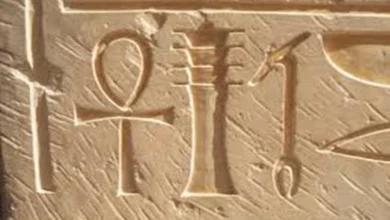Why did the Ancient Roman calendar have an 8-day week, and how did it become 7?

Humans have followed a calendar in which each week is a seven-day week, and this has remained unchanged. For many people today, it isn’t easy to imagine that things were not always as they are now. For example, the week consisted of eight consecutive days in ancient Rome. How did this happen, and why did the Romans themselves decide to switch to a week of seven days?
The first point to mention is that various peoples throughout history used different calendars, and as a result, the number of days in a week might vary significantly. For example, the Mayan Tzolkin calendar included weeks 13 and 20 days in length, respectively. The ancient Chinese and Egyptian calendars featured 10-day weeks, as did the Julian calendar. The earliest seven-day calendar arose in ancient Babylon, where the priests created it to monitor the night sky and observe the stars. In the course of time, the seven-day calendar was adopted by all of the Phoenician peoples and finally reached ancient Greece.

The Ancient Romans, on the other hand, were a different story. They used to have an eight-day week in the olden days. It is interesting to note that the Romans had a seven-day week in principle, but the eighth day was considered unique. The first seven days were full-time, while the eighth was called nundinum. This day had been set aside for active trade and political activity. This was the day of all Roman trade fairs and the day of public meetings, which took place on the nundines.
More interesting is the fact that the Romans themselves thought their week to be nine days long since it was numbered from nundines to nundine from the beginning of the week. In other words, each Nudine marked the beginning of a new week and the conclusion of the previous one. It is also interesting to note that there were no titles for the days of the week in ancient Rome. A numbering system simply identified them.

A 10-month year, consisting of 38 weeks and 304 days, was the norm for the Romans throughout their early history. It was merely a little inconvenience that this calendar was not more conveniently located. Consequently, the Romans started their first calendar reform in the seventh century B.C. as a result of this. King Numa Pompilius of Rome was responsible for developing the 12-month calendar that is so well-known to us today. On the other hand, the great reformer did not originate it; rather, he took it from the Etruscans who lived next door to Rome.
A total of 355 days were included in the new Roman calendar. There was one significant benefit to using it: the difference between astronomical and calendar computation of days was significantly slower. In order to make up for the accumulated difference, the Romans created a 13th month, known as the Mercedonius, which was added every few years. The days of the week were given verbal names for the first time under Pompilius. All of them were dedicated to the gods.
- As a result, Monday was designated as “dies Lunae,” “the day of the moon.”
- Tuesday – “dies Martis,” was the day of Mars.
- Wednesday – “dies Mercurii” was the day of Mercury.
- Thursday – “dies Iovis” was the day of Jupiter.
- Friday – “dies Veneris,” in honour of Venus.
- Saturday was dedicated to Saturn and was called “dies Saturni.”
- Finally, Sunday was “dies Solis” and was considered the day of the Sun.




